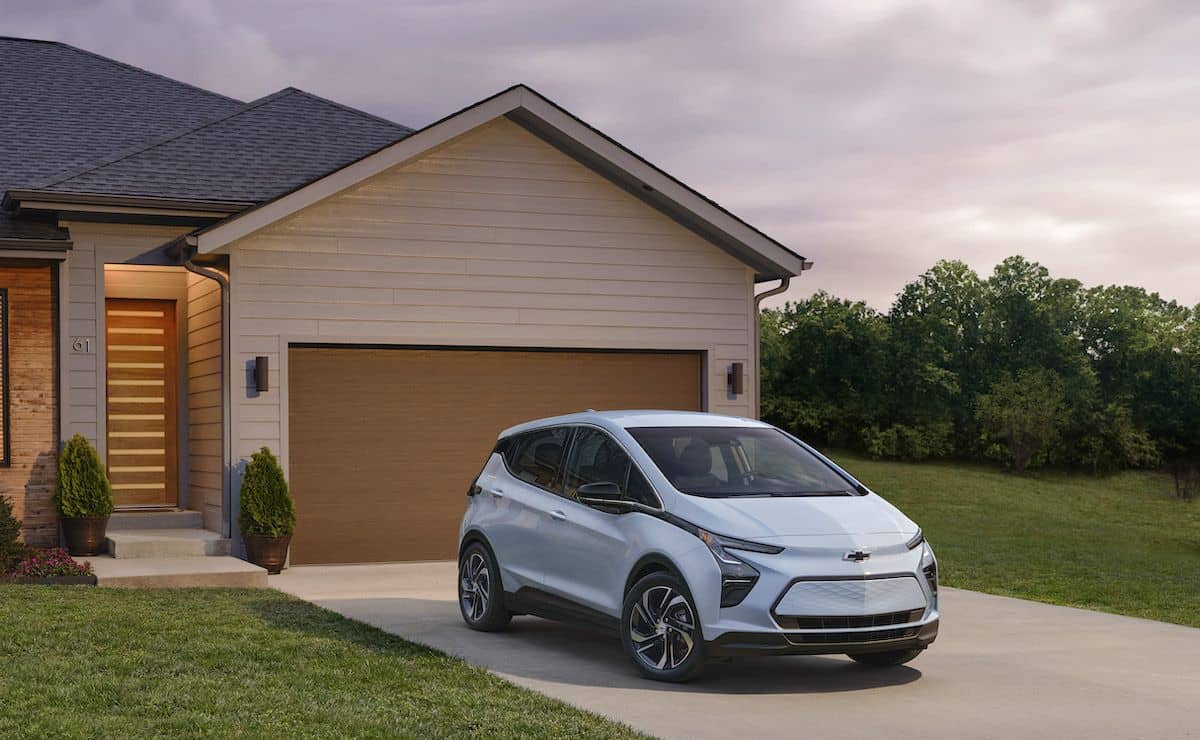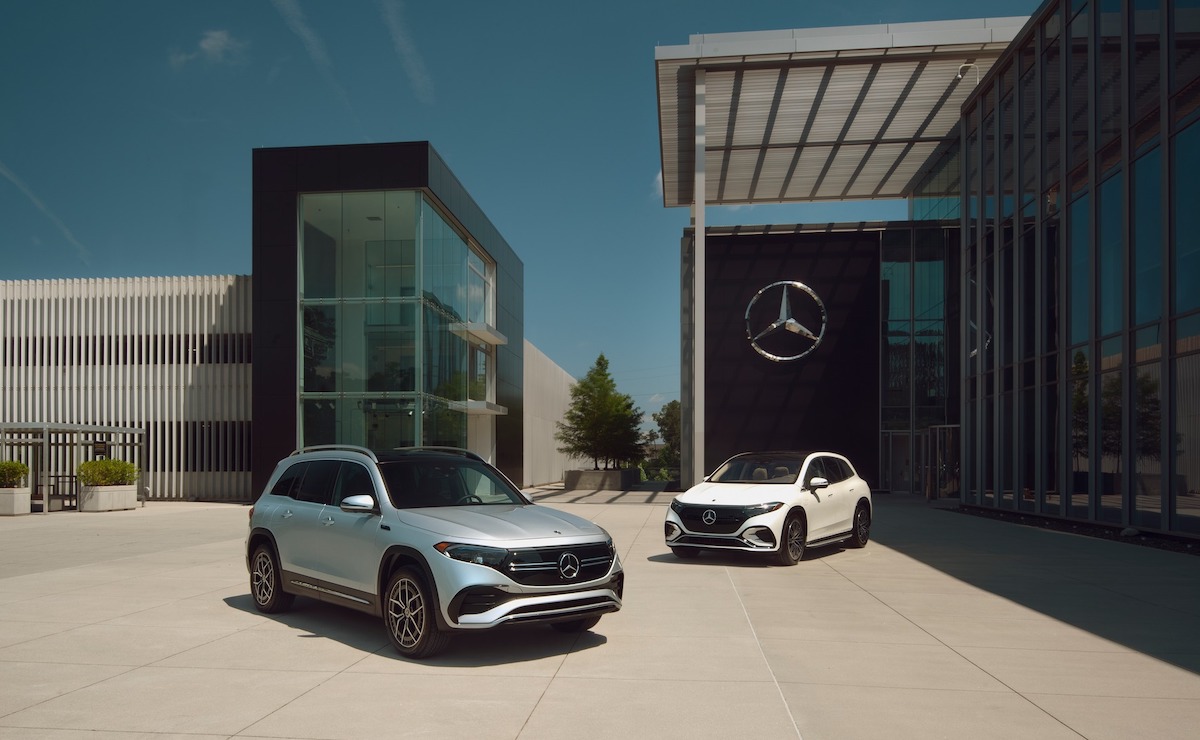Although the scale of the USA car market falls behind the fast-growing China car market in recent years, its hundred-year-old and comprehensive development history and mature consumer behavior still lead the industry and the trend around the world. GM and Mercedes-Benz, as the leaders in budget car segment and premium car segment in USA respectively, will affect the ecosystem of the USA car market by every step they took, then indirectly affect developed countries including Europe and Japan, etc.,

There are two important news from the car retailing market of USA… GM’s electric vehicle Bolt has a 18% price drop, and Mercedes-Benz grades its dealerships in USA to enhance the data analysis and the performance management. One of these is the pricing strategy, the other one is dealership strategy, and these are two of the 4 Ps in marketing; Other than products, there is another P (Promotion), and the importance of advertising and discount packaging in the promotion has been significantly decreased due to the revolutionary sales module brought by Tesla (no advertising and fixed prices on the internet-ordering). Therefore, on the road to the future world of cars, these two steps made by GM and Mercedes-Benz have evoked my thinking of their after effects…
- Even though the recalling event of the Bolt has suspended its production for 7 months, and the huge price drop this time shows the intention to revive its sales; but the adjusted price directly challenges the price range of ICE cars, and it also spare the price range for all-new cars equipped with GM Ultium battery packs. It implies that the introduction of new types of batteries or new types of BEV platforms will force existing cars to lower their prices to the budget level of ICE car buyers. This is already happened in GM’s own product lineup, not to mention the price competition between competitors (Most of BEVs from traditional carmakers are designed with platforms that are non-dedicated for BEVs). At the time when so many BEVs’ prices had been raised due to the increased cost of raw materials, GM chose to be the contrarian that provoked the price competition of existing BEVs, and the situation will get more and more intense in the coming 2~3 years.
- Mercedes-Benz have the advantage of premium brand positioning around the world, not just in Taiwan, so the problems faced in the selling process are fewer, and the problems related to profits or cash flow are usually not an issue for their dealers due to stable business with loyal customers. Even a brand with iconic stability begin grading their dealer partners that had operated for years by the contribution of sales (it’s divided into 3 grades: Air, Land, Sea), and begin tracking dealers with poorer performances. Although this isn’t an unusual measure, but it’s a little weird for high-end and experienced dealerships. In my opinion, Mercedes-Benz has already started to conduct comprehensive “diagnosis of fundamentals” for dealerships; before the arrival of fully-electrification of all-new models from this brand in the coming years, the dealership operating model will be adjusted, and dealers with poor financial situation and being difficult to conduct digitized transformation will be replaced, even they have rich operating experience and stable loyal customers database. High-margin brand like Mercedes-Benz made its preparation in advance as the future of dealership of automotive industry is a rational car-buying era of low-margin business and the dealer sales performance can’t only count on top-selling salespersons, let alone other brands?!

Apart from developing models with automotive new technologies diligently, there are too many factors and variables for major carmakers to take into consideration in strategy making in the process of operation transformation in about the next 10 years. Even though these steps made by GM and Mercedes-Benz is a tip of the iceberg, but the meaning behind might determine the direction of strategies of major carmakers in the future